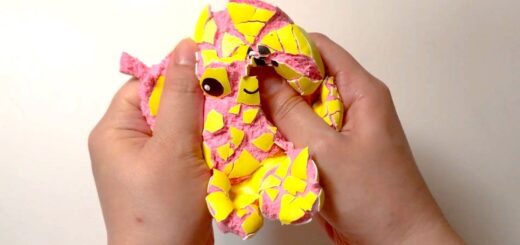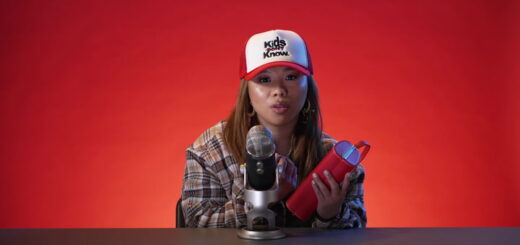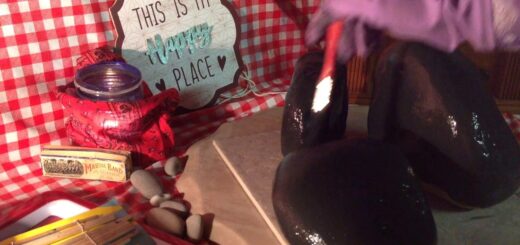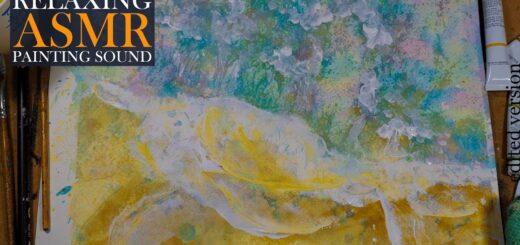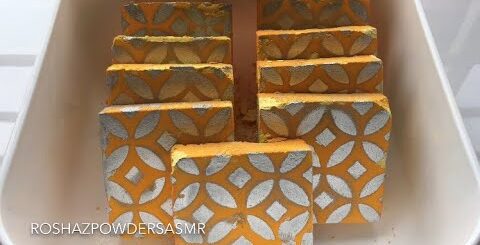Massage your brain – The Martha’s Vineyard Times
[ad_1]
These are the times that try men’s souls. There’s the election. The pandemic. The economy. One could almost be excused for taking refuge in drink, in religion — or anything else that comes along to divert you from reality. In my case, I’ve found relief in watching videos on YouTube instructing me how to make bubble tea.
It started a couple of weeks ago when I was listening to “Christopher Kimball’s Milk Street Radio” podcast, and someone called in to talk about a new phenomenon on YouTube. It was called Peaceful Cuisine, and its unlikely star was Ryoya Takashima, who very gently instructs the viewer in the art of vegan cooking.
Takashima, who broadcasts from Kyoto, Japan, is a man in his late 30s who is passionate about the vegan lifestyle, not just diet but clothing and housing as well. His mission statement on his website is “Eat foods that are good for all people, all creatures, and the environment. World peace through the good choices we make.”
Takashima combines his background as a videographer and his love of vegan cooking to produce a series of cooking videos that stand far apart from the usual fare of celebrity chefs. Imagine the difference between a blazing formal flower garden and the tranquility of a Zen garden.
The technique is minimalist to the max. Each video only incidentally features Takashima; the real heroes are the ingredients and the extreme closeups and sounds of the food preparation. In most cases, Takashima is only partially seen. The ingredients and preparation take center stage, what little language there is is in the form of ingredients flashed on the screen, or in one case I saw, “30 minutes at 350 degrees …” which was scrolled across Takashima’s mirrored glasses.
What we’re left with is a delight to the senses. Most of the videos are shot with a locked-off camera showing ingredients and food preparations done on a brown butcher-block table. The videography is simple and stunning.
In some cases there may be soothing music in the background, but in other cases we just hear the ambient sounds of the food being prepared, a blade being sharpened, a carrot being sliced, food tumbling into a processor — the magic of the Peaceful Cuisine videos comes from ASMR (autonomous sensory meridian response). The phrase ASMR was coined in 2010, and it refers to the relaxing, often sedative, sensation the brain gets when it’s triggered by certain sights and sounds. Bob Ross’s video painting lessons have been cited as providing an ASM response in people. Elsewhere on the internet, a whole genre of videos meant to stoke people’s aural stimulation with intimate sounds of whispering or crackling have found a devoted following. The ASM response has been described as low-grade euphoria, or a “brain massage.” To give you an idea of how a Peaceful Cuisine video is constructed, I’ll describe a little of one on how to make bubble tea.
The camera opens on a beauty shot of bubble tea in a simple glass beaker.
Cut to rustling sound of someone holding a cellophane bag of tapioca:
“Crinkla, crinkla, crinkla …”
Sound of the cellophane bag being opened with pair of scissors:
“Snippa, snippa, snippa …”
Water being brought to a boil:
“Berbla, berbla, berbla …”
All right, I’ll stop. My onomatopoetic skills are limited. But suffice it to say that that’s the power of these videos. By stripping away all other extraneous sounds and listening, truly concentrating on the sounds in the video, you become mesmerized and transported by the sound of water coming to a boil, onions being halved, or a lemon being zested.
The Peaceful Cuisine website lists dozens of recipes that sound fabulous. To name just a few:
Buddha Sushi Bowl with Orange Sesame Sauce
Mango Sorbet
Samosa with Mint Chutney
Coconut Bean Curry
Lemon Meringue Tarts
Have I actually tried to prepare any of them? No, not yet, but I think I will. Right now I’m busy getting my brain massaged.
[ad_2]
Source by [author_name]


